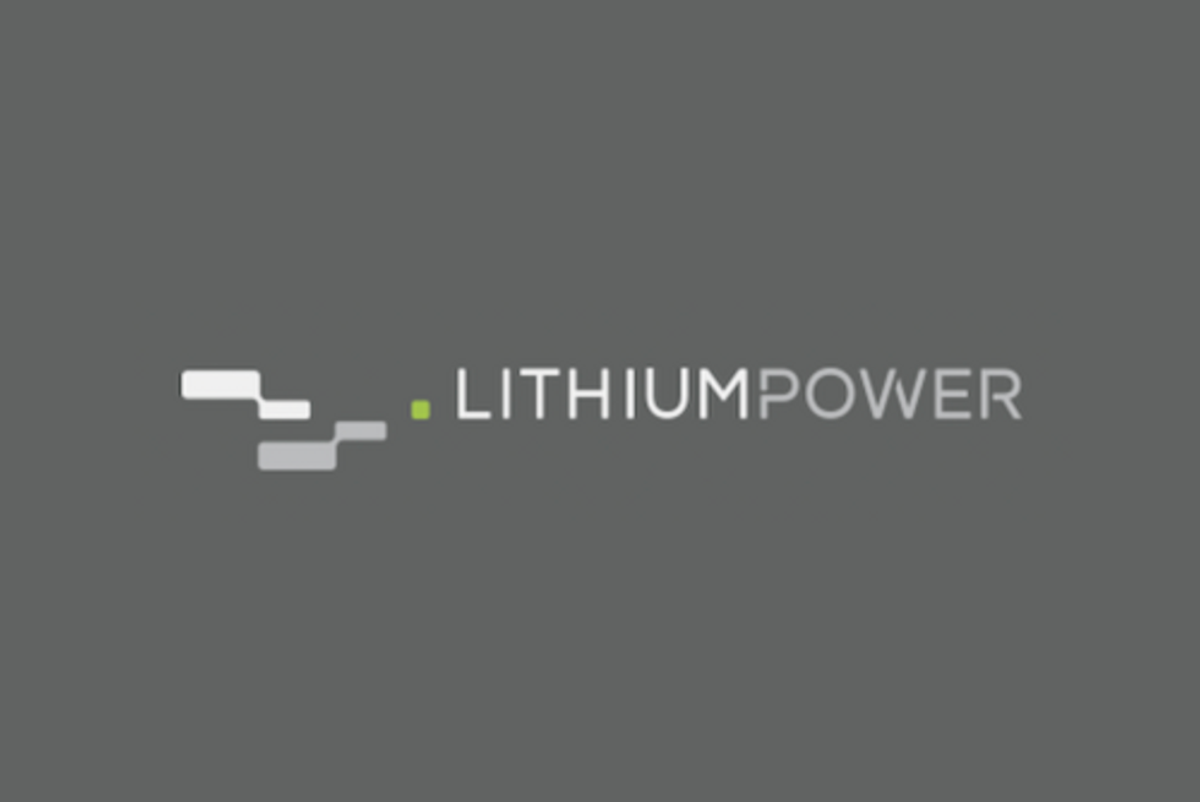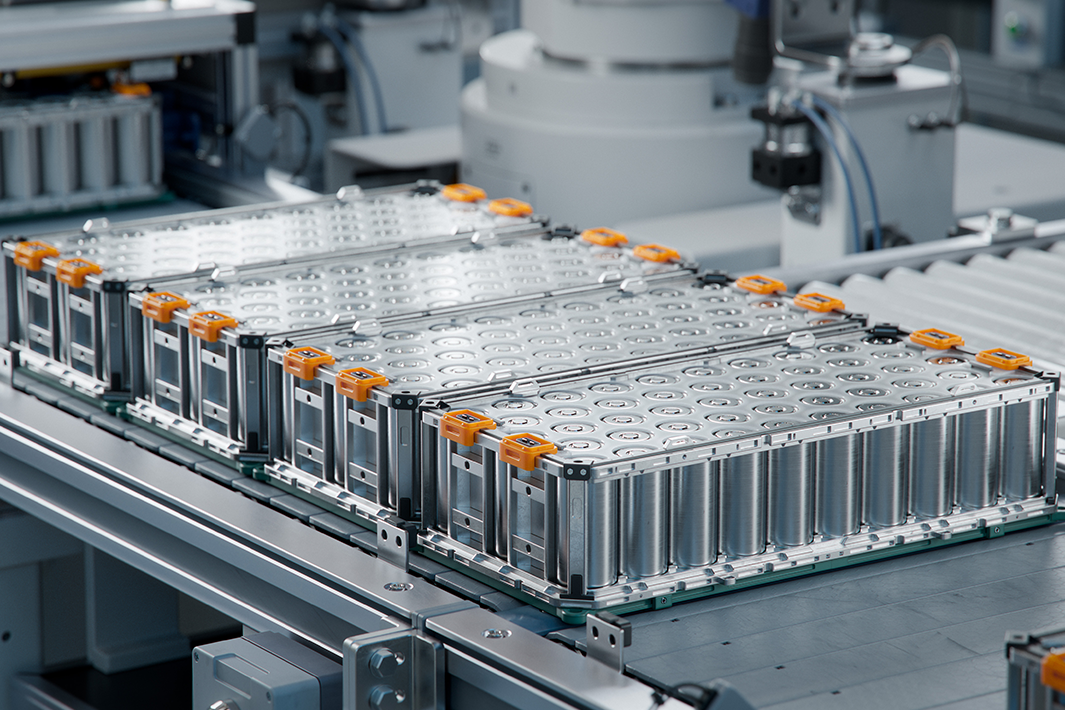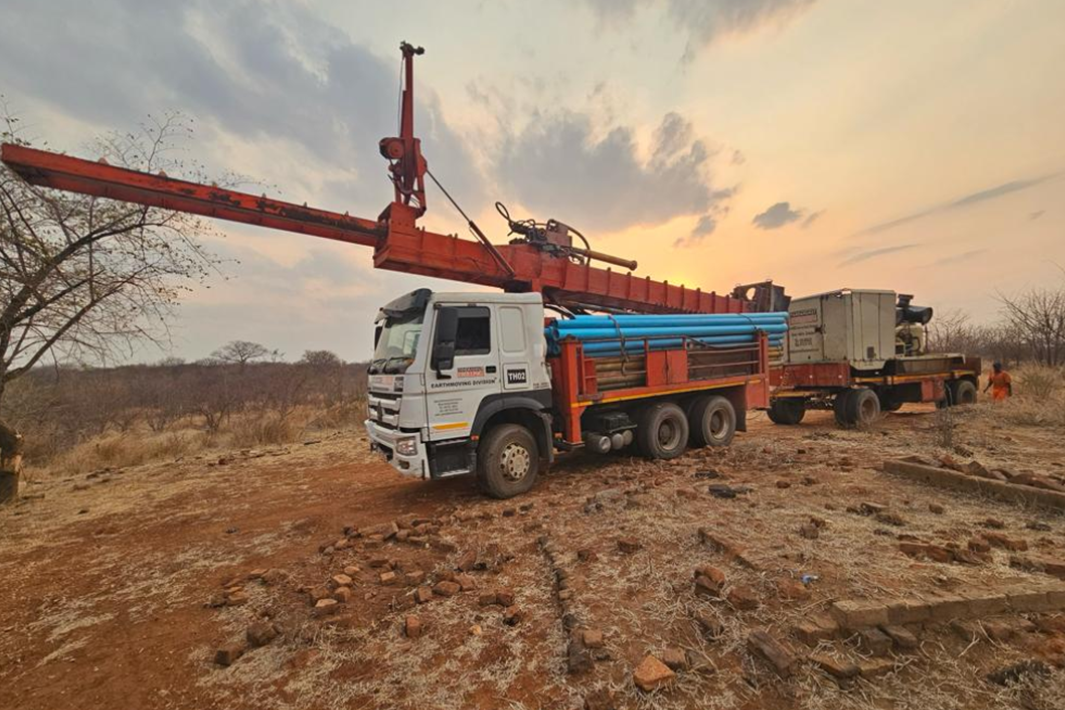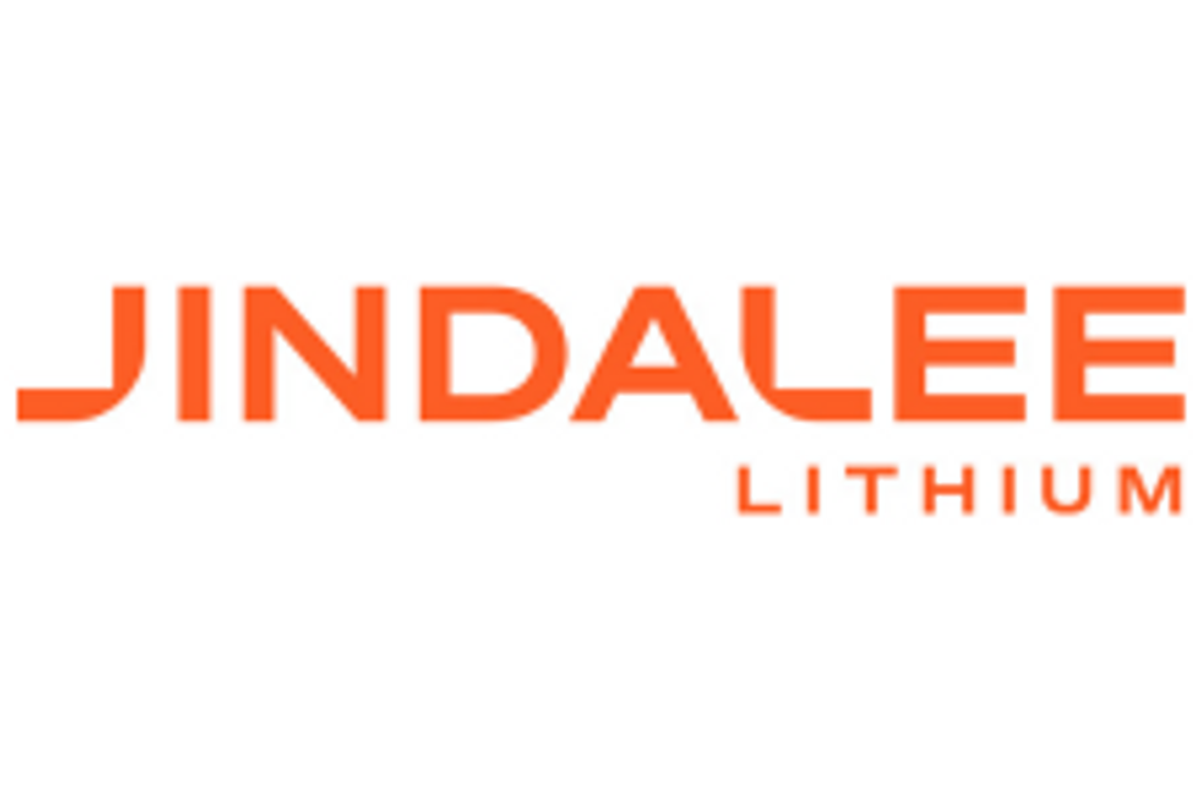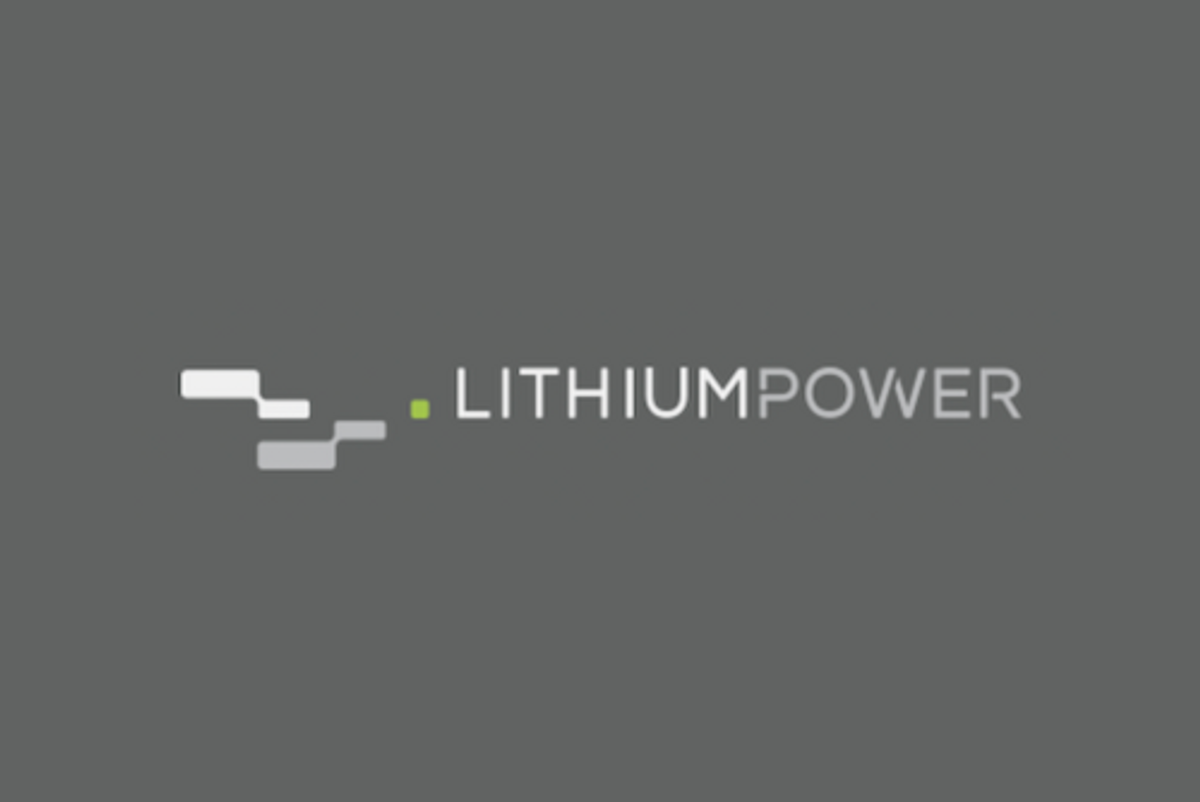
July 16, 2023
Lithium Power International Limited (ASX: LPI) (“LPI” or the “Company”) has become aware of recent media speculation pertaining to the status of its Maricunga Project tenements and the Company’s market disclosure. LPI refutes the information in the news articles (AFR online, Street Talk 16/7/23, reporting on a Chilean newspaper article) and confirms that the market has been fully informed, as repeated below.
On the evening of Thursday, 20 April 2023 (Chilean time), Chilean President Gabriel Boric formally announced the Chilean National Lithium Policy (“NLP” or “Policy”) on National Television. This initial speech outlined the Policy in relation to the Atacama Salar and the two producing lithium brine companies. A subsequent speech was given by President Boric on Friday, 21 April 2023 (Chilean time), discussed the other Chilean lithium brine projects, including the Company’s’ project on the Maricunga salar.
On Monday 24 April 2023, the Company, aware of its ASX Continuous Disclosure obligations, provided a comprehensive analysis of the Policy and the effect on its Maricunga project. Shareholders and Investors were also invited to attend an investor conference call, hosted by LPI’s Chief Executive Officer, Cristobal Garcia-Huidobro, on Monday 24 April 2023, at 12.00pm (Noon) AEST, to discuss the NLP further. This webinar was very well attended.
For ease of reference, the key points from this announcement are contained in an Appendix to this ASX release.
The Company also provided further information on NLP in the March 2023 Quarterly Activities Report, released to ASX on Friday 28 April 2023.
In response to the content of the latest article, LPI informs the following:
- The standing of its concessions and permitting according to Chilean law is solid and there are not, nor have there ever been, judicial processes that have had the purpose of questioning the aptitude, rights and capacity to exploit Lithium from Mining Properties constituted prior to the year 1979.
- In addition , all rights have been confirmed and published by various administrative bodies of the State of Chile, including the Environmental Approval RCA Nº 0094/2020 ratified by the Committee of Minister in January 2022, and the Chilean Nuclear Energy Commission permit (CCHEN) Resolution Nº 039/2018.
- These have also been ratified by resolutions of various superficial land easements rulings of different Ordinary Courts and the Illustrious Court of Appeals of Copiapó
- Furthermore, all the previous have been ratified in the recent ruling issued by the Hon. Supreme Court on April 5, 2023.
- This has been reinforced by Legal Opinions presented during the last three years from several large and specialist law firms in Chile.
- Notwithstanding the foregoing, the company has requested the legal opinion from the most experience and well known Chilean lawyers, who, having the respective background information, have not only confirmed the aptitude, rights and capacity of its Pre-79 Assets to exploit Lithium, but they have also carried out a solid analysis and interpretation of the current Organic Constitutional and legal norms, included in the recent ruling issued by the Hon. Supreme Court on April 5, 2023. Thus, it is worth noting for her career and professional prestige, the former Codelco Prosecutor and former Lawyer member of the Hon. Supreme Court, expert in mining law Mrs. Laura Novoa; the lawyer, professor and tenured academic of the PUC in Civil Law, the most prestigious Law School in Chile, Mr. Víctor Vial; the former lawyer member of the Constitutional Court and professor Mr. Enrique Navarro; the academic in civil law of the University of Concepción and former member of the Hon. Supreme Court Mr. Daniel Peñailillo; the current lawyer member of the Hon. Supreme Court and professor Ricardo Abuabuad and the prominent civil law professor and former member of the AC of Santiago, Iñigo de la Masa.
LPI has absolute confidence in the Chilean legal system and in its strict compliance by its authorities, including Ministers, where only the Courts have the jurisdiction to interpret laws. LPI confirms that there are not, nor have there ever been, judicial processes that have had the purpose of questioning the aptitude, rights and capacity to exploit Lithium from Mining Properties constituted prior to the year 1979.
Click here for the full ASX Release
This article includes content from Lithium Power International, licensed for the purpose of publishing on Investing News Australia. This article does not constitute financial product advice. It is your responsibility to perform proper due diligence before acting upon any information provided here. Please refer to our full disclaimer here.
LPI:AU

Sign up to get your FREE
Lithium Power International Investor Kit
and hear about exciting investment opportunities.
- Corporate info
- Insights
- Growth strategies
- Upcoming projects
GET YOUR FREE INVESTOR KIT
The Conversation (0)
09 December 2021
Lithium Power International
A Pure-Play Mining Company Developing Multiple Lithium Mines
A Pure-Play Mining Company Developing Multiple Lithium Mines Keep Reading...
11 December
Mining the Gap: 5 Forces Shaping North America’s Lithium Supply Chain
A convergence of industry investments, government initiatives and a shifting global trade dynamic is creating an environment ripe for the development of a North American battery supply chain, with lithium playing a leading role. These trends are reshaping the region’s industrial base and opening... Keep Reading...
10 December
Rock Bottom: Strategic Window for Ground-level Lithium Investment
When lithium prices hit bottom, savvy investors know that’s exactly where the next big discovery begins — literally. Beneath the surface of global markets and remote exploration grounds, new opportunities are forming in the wake of a sharp price reset and renewed geopolitical urgency.Recent... Keep Reading...
10 December
Liontown Resources Pens Lithium Offtake Agreement with China's Canmax
Liontown Resources (ASX:LTR,OTC Pink:LINRF) has executed a binding offtake agreement with Chinese conglomerate Canmax Technologies (SZSE:300390) as part of its strategy to diversify its customer base.“Listed on the Shenzhen Stock Exchange, Canmax is one of the world’s leading manufacturers of... Keep Reading...
08 December
Trading Halt
Jindalee Lithium (JLL:AU) has announced Trading HaltDownload the PDF here. Keep Reading...
05 December
Livium Receives A$663k in RsD Tax Incentive Rebates for VSPC
Livium Ltd (ASX: LIT) (“Livium” or the “Company”) advises that it has received A$663,000 in research and development ("R&D") tax incentive rebates from the Australian Tax Office for the 2025 financial year ("FY25"), relating to its wholly owned subsidiary VSPC Pty Limited ("VSPC"). The rebate... Keep Reading...
01 December
Why SQM Says Social Dialogue is Key to Sustainable Lithium
As scrutiny continues to intensify across the battery metals supply chain, the conversation around sustainability has moved far beyond carbon footprints. At this year’s Benchmark Week, Stefan Debruyne, director of external affairs at Sociedad Quimica y Minera de Chile (SQM) (NYSE:SQM), made that... Keep Reading...
Latest News

Sign up to get your FREE
Lithium Power International Investor Kit
and hear about exciting investment opportunities.
- Corporate info
- Insights
- Growth strategies
- Upcoming projects
GET YOUR FREE INVESTOR KIT
Interactive Chart
Latest Press Releases
Related News
TOP STOCKS
American Battery4.030.24
Aion Therapeutic0.10-0.01
Cybin Corp2.140.00
